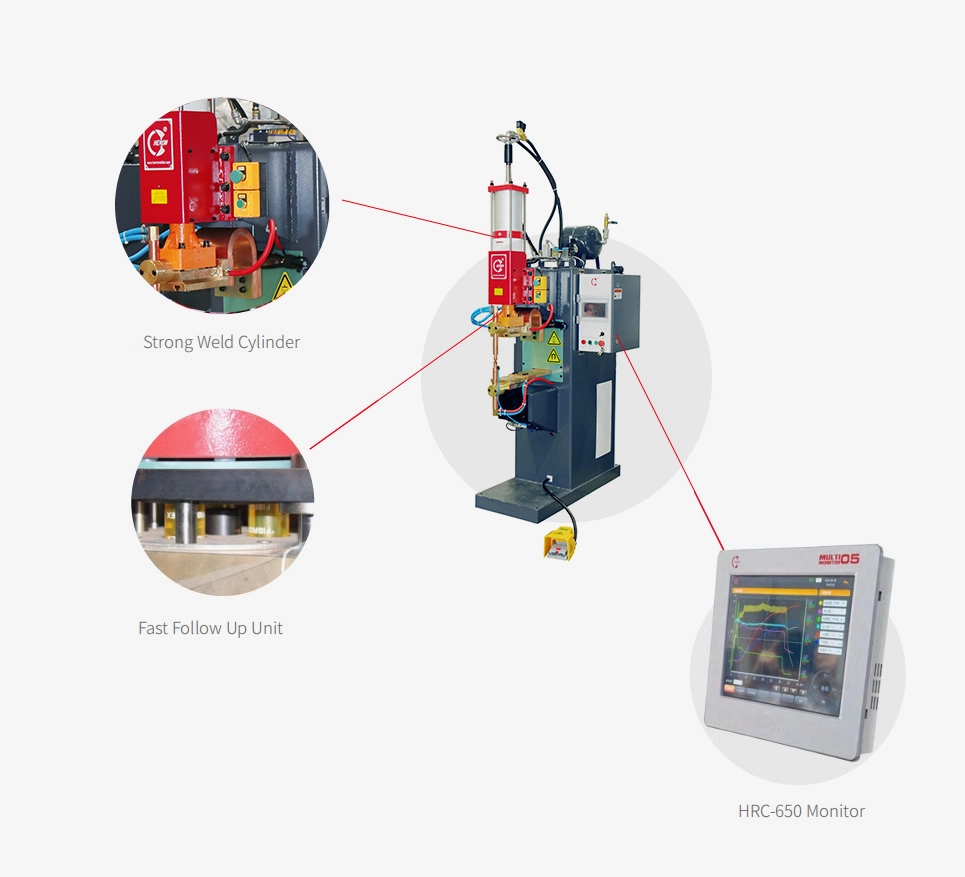-
Fil d’actualités
- EXPLORER
-
Pages
-
Groupes
-
Evènements
-
Reels
-
Blogs
-
Offres
-
Emplois
-
Courses
Spot Welder: An Essential Tool for Precision Welding

When it comes to metal fabrication and manufacturing, a spot welder is one of the most efficient and reliable tools for joining metal sheets quickly and securely. Whether you are working in an industrial setting, an automotive workshop, or a small-scale DIY project, understanding how a spot welder works and its applications can significantly improve your productivity and the quality of your work.
What is a Spot Welder?
A spot welder is a type of resistance welding machine that joins two or more metal sheets by applying heat generated from electrical resistance at the point of contact. This process does not require filler material, making it fast and efficient. Spot welding is widely used in industries like automotive manufacturing, electronics, and metal furniture production due to its precision and consistency.
Key Features of a Spot Welder:
-
High Efficiency: Joins metals within seconds.
-
Strong Welds: Produces durable bonds suitable for load-bearing applications.
-
Minimal Material Waste: No filler metals or consumables are needed.
-
Precision Control: Adjustable settings allow for different thicknesses and materials.
Types of Spot Welders
Spot welders come in various types depending on their power source and applications:
-
Capacitor Discharge Spot Welders: Ideal for thin sheets and delicate metals, such as electronic components.
-
Transformer Spot Welders: Commonly used in automotive and heavy metal fabrication.
-
Portable Spot Welders: Compact and convenient for on-site repairs and small projects.
Each type has its unique advantages, so selecting the right spot welder depends on your specific needs and the type of material you work with.
Applications of Spot Welding
Spot welding has a wide range of industrial and commercial applications:
-
Automotive Industry: Welding car bodies, panels, and chassis components.
-
Electronics: Assembling battery packs and circuit enclosures.
-
Metal Fabrication: Manufacturing metal furniture, cabinets, and storage units.
-
Aerospace: Lightweight metal sheet joining for aircraft components.
Using a spot welder ensures consistent results and reduces the risk of weak joints compared to manual welding methods.
Advantages of Using a Spot Welder
Spot welding offers several advantages over traditional welding techniques:
-
Speed: Multiple welds can be made in a short period, increasing production efficiency.
-
Safety: Lower risk of burns or fire hazards due to minimal heat spread.
-
Cost-Effective: Reduced need for welding rods or filler materials.
-
Quality: Provides uniform and strong welds suitable for precision applications.
Tips for Effective Spot Welding
-
Clean the Surface: Ensure metal sheets are free from rust, oil, or paint.
-
Correct Electrode Pressure: Too little pressure can cause weak welds; too much may damage the metal.
-
Proper Current Settings: Adjust current based on the thickness and type of metal.
-
Routine Maintenance: Regularly check electrodes and the machine to ensure consistent performance.
Choosing the Right Spot Welder
Selecting the right spot welder depends on factors like:
-
Material thickness
-
Frequency of use
-
Portability requirements
-
Budget
Investing in a high-quality spot welder can improve productivity, reduce errors, and ensure long-lasting results.
Conclusion
A spot welder is a versatile and essential tool for anyone involved in metal fabrication. Its efficiency, precision, and ability to create strong bonds make it a preferred choice across industries. Whether you are assembling automotive components, electronic devices, or metal furniture, choosing the right spot welder and using it correctly can significantly enhance your work quality.
- Art
- Causes
- Crafts
- Dance
- Drinks
- Film
- Fitness
- Food
- Jeux
- Gardening
- Health
- Domicile
- Literature
- Music
- Networking
- Autre
- Party
- Religion
- Shopping
- Sports
- Theater
- Wellness


